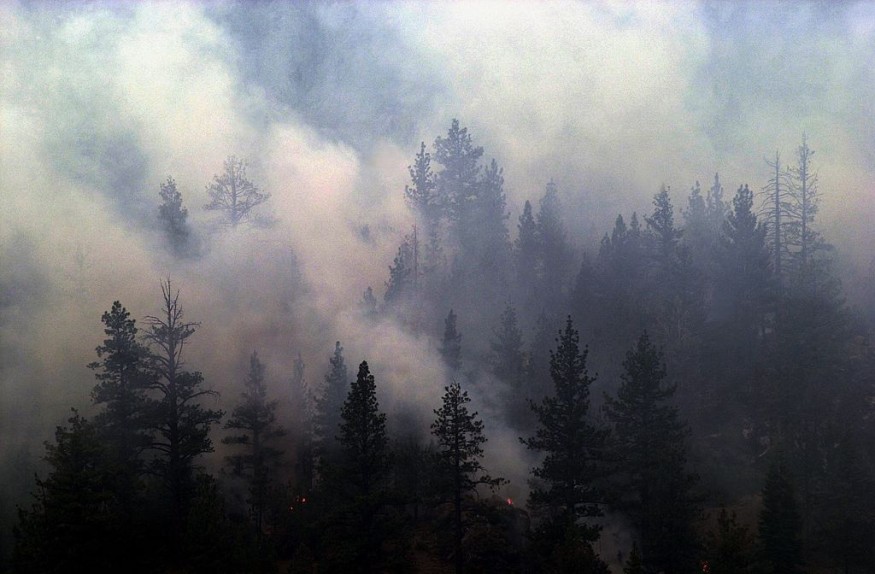
For much of American history and culture, few things represent the frontier forest like the sight of massive, orange red sequoia trees. To date, these trees are one of the tallest and most resilient trees in the entire world.
In fact, they are so hardy, that one tree was reportedly still smoldering even after a recent spate of wildfires from last year. Still, experts find that this has its own share of troubling implications for climate change as well as the health of the surrounding ecosystem.
Understanding fire risks in sequoia national parks
The smoking tree was said to be a survivor from the 2020 Castle Fire. And after inspection, it was determined that the tree was not in any immediate danger, and will not necessarily affect the surrounding area.
Despite that, its current state was indicative of current climate change and how it has been creating more devastating fires.
Contrary to popular opinions, the flames from a forest fire are not fueled by burning trees. (Or at least, not the massive ancient trees that sequoias are.) Most wildfires run on detritus on the forest floor. And in particularly hot periods, these dry up and become far easier to burn. Pair this with the weaker rainfall in the last few years and it is even possible for some parts to start smoking even from just the heat of the sun alone.
That is why the lingering smoke from an otherwise sturdy sequoia can still be a bad sign of even worse fires to come.
Climate action and wildfire prevention
Generally, the California wildfire situation has been a cause for many advocacy groups to call for more climate action. On the other hand, managing them in a sequoia national park is not as simple as just reducing the carbon footprint.
Firstly, natural wildfires have long been a good thing for these massive trees. Their thick bark is surprisingly flame-proof. Their cones (which holds their seeds) even pop open as a response to heat. Meanwhile, the ash leftover from the blaze eventually becomes fertilizer that would provide the nutrients to help them regenerate any damage they would have, as well as help grow new trees.
But on the flip side, both natural and even 'controlled burn' wildfires contribute their share of the global carbon footprint. Further complicating the situation is the fact that even worse wildfires are expected to come due to climate change, which could lead to a vicious cycle for California's ecosystem.
The good news though is that sequoias obviously have the natural ability to take climate action on their own. With just 100 of these trees, a forest could absorb about 6,000 tons of CO2. And on a side note, these trees are also known to grow unexpectedly fast in the right conditions.
That is why careful controlled burning is ultimately part of a larger, delicate strategy for local environmentalists. It helps maintain the forest's health and manage growth to achieve this capacity. So overall, there is definitely more nuance required when tackling the challenge of their resident wildfires in light of an increasingly warm planet.
Also read: Wildfires Cause Negative Effects From Worsening Smoke Pollution
© 2025 NatureWorldNews.com All rights reserved. Do not reproduce without permission.





